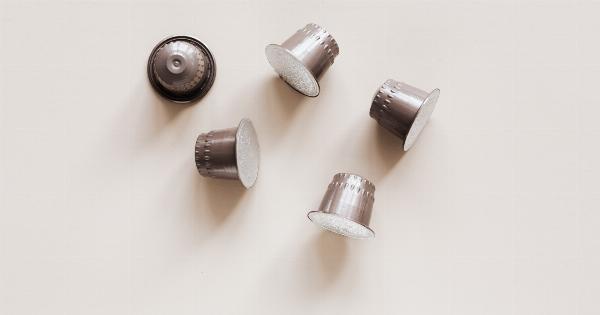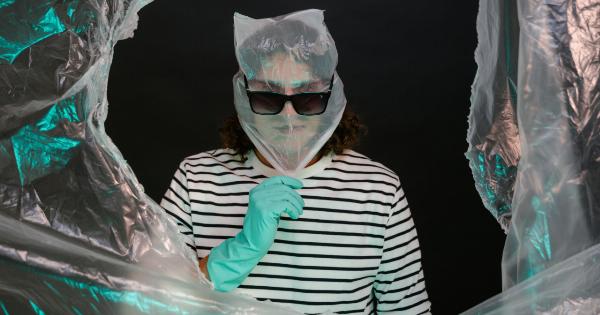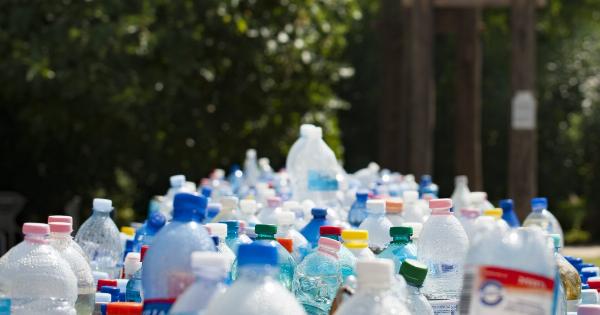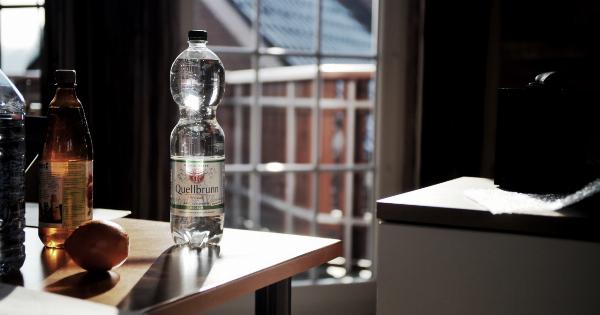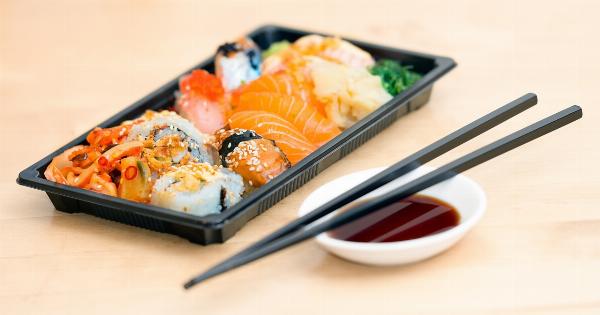In today’s fast-paced world, the microwave has undoubtedly become an essential appliance in many households. It offers convenience and efficiency, allowing people to quickly heat or cook their meals with minimal effort.
However, it is important to be aware of the potential risks associated with microwaving certain types of plastics. While it may seem convenient to use microwave-safe plastic containers, there are several reasons why you should avoid microwaving plastic altogether.
The dangers of plastic leaching
One of the primary concerns with microwaving plastic is the potential for leaching. When plastic containers are exposed to high temperatures, harmful chemicals can leach into the food or liquid being heated.
This can occur even if the plastic is labeled as “microwave-safe.”.
The main culprit behind this leaching process is a chemical additive called bisphenol A (BPA), commonly found in plastic products.
BPA has been linked to numerous health issues, including hormonal imbalances, reproductive problems, and even certain types of cancer. When exposed to heat, the leaching of BPA from plastic containers into food or beverages can be accelerated, increasing the potential health risks.
Possible risks to human health
Beyond the concerns surrounding BPA, other chemicals present in plastic can also pose risks to human health. For example, phthalates are another common chemical found in plastic containers.
These chemicals are known endocrine disruptors and have been associated with developmental and reproductive issues, particularly in young children.
Furthermore, microwaving plastic can lead to the release of harmful toxins such as dioxins and xenoestrogens. These toxins can have detrimental effects on the immune system and may also contribute to the development of certain diseases over time.
Plastic pollution and the environment
Aside from the potential risks to human health, microwaving plastic also contributes to the growing environmental issue of plastic pollution.
When plastic containers are heated, they can break down into microplastics, which are tiny particles that can contaminate food and water sources.
Microplastics are not only harmful to aquatic life but also have the potential to enter the human food chain. These particles have been found in a range of food products, including seafood, salt, and even bottled water.
The long-term consequences of consuming these microplastics are still being studied, but it is clear that plastic pollution poses a significant threat to both the environment and human well-being.
Safer alternatives for microwave heating
Given the potential risks associated with microwaving plastic, it is important to explore safer alternatives for heating or cooking food. Here are a few options:.
1. Glass containers
Glass containers are an excellent alternative to plastic for microwave use. They do not leach any chemicals into your food and are generally considered safe for heating.
Glass containers are also reusable and more environmentally friendly than single-use plastic containers.
2. Ceramic or stoneware
Many ceramic or stoneware dishes are safe for microwave use. However, it is important to check that they are labeled as microwave-safe.
Some ceramics may contain lead or other harmful substances, so always ensure that they are specifically designed for microwave use.
3. Stainless steel
Stainless steel containers are another safe option for microwaving. They are durable, easy to clean, and do not release any harmful chemicals when heated.
However, be cautious when using stainless steel containers with highly acidic foods, as prolonged exposure to acid can cause the metal to leach into the food.
4. Silicone
Silicone containers are becoming increasingly popular as a microwave-safe alternative to plastic. They are flexible, durable, and do not leach any harmful substances into food.
However, it is important to choose high-quality silicone products and follow the manufacturer’s instructions for safe use.
5. Microwave-safe ceramic or glass plates
In situations where a container is not necessary, microwave-safe ceramic or glass plates can be used. These can help avoid any potential risks associated with microwaving plastic altogether.
Conclusion
While the microwave offers undeniable convenience, it is crucial to prioritize our health and the well-being of the environment.
Microwaving plastic containers, even if labeled as “microwave-safe,” poses risks due to the potential leaching of harmful chemicals into our food or drinks. To minimize these risks, it is advisable to seek safer alternatives such as glass, ceramic, stoneware, stainless steel, or silicone containers for microwave heating.
By making conscious choices and avoiding the use of plastic in the microwave, we can protect our health and contribute to reducing plastic pollution.






